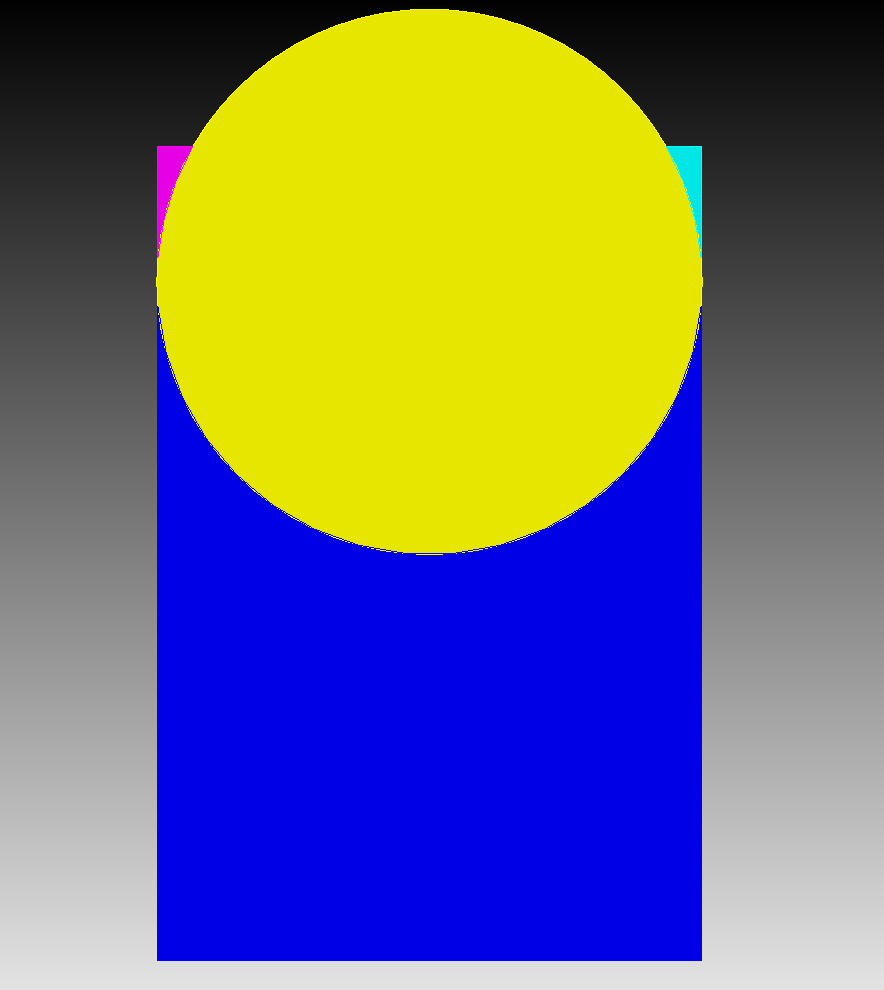Hello!
I currently use Coreform Cubit with the Python API mostly via the command wrapper function cubit.cmd(), but tracking geometric entities can be troublesome if you are performing a lot of boolean operations to divide your geometry this way, so I want to use more functions directly from the Cubit Interface Namespace to take advantage of interacting with geometric entities as objects in Python.
I have a toy problem that I think illustrates many of the reasons why you would want to use an object approach rather than keeping track of geometric entities.
br = cubit.brick(10, 15, 10)
cyl = cubit.cylinder(10, 5.02, 5.02, 5.02)
cubit.move(cyl, (0,5,0))
cubit.subtract([cyl], [br], keep_old_in=True)
cubit.cmd("delete Volume 1")
So we have four volume geometric entities (2: cylinder, 3: upper left cut, 4: upper right cut, 5: lower cut) and only one named object within Python (cyl, as we removed the br object geometric entity).
Let’s say I need to mesh this geometry and wanted to minimally interact with the GUI. How would I go about identifying the new volumes and interacting with them in Python?
I can use cubit.get_last_id("volume") before and after the subtract operation to at least see how many volumes were generated and get their geometric IDs, but now I’m back to tracking geometric entities, and I do not have named objects in Python with which I can interact with the new entities (at least I don’t believe I do).
If I assign a variable name while performing subtract: cuts = cubit.subtract([cyl], [br], keep_old_in=True) I end up with a tuple: (<cubit3.Body; proxy of <Swig Object of type 'CubitInterface::Body *' at 0x10b06ee70> >,) which I’m not really sure what to do with… Is there a way to identify which volumes are contained within this object and potentially assign them to new names (e.g. bottom, left, right)?
In the past, I would look at the volumes of the shapes which does at least identify the large cut portion
ids = [3, 4, 5]
vols = [cubit.volume(3).volume(), cubit.volume(4).volume(), cubit.volume(5).volume()]
big_id = ids[vols.index(max(volumes))]
or I could alternatively use the centroids of all of the objects to identify them provided I knew enough of what to expect the geometry to look like.
Anyways, I wanted to bring this up to get some discussion going around this topic. How would you go about tracking entities after they have been generated here?
